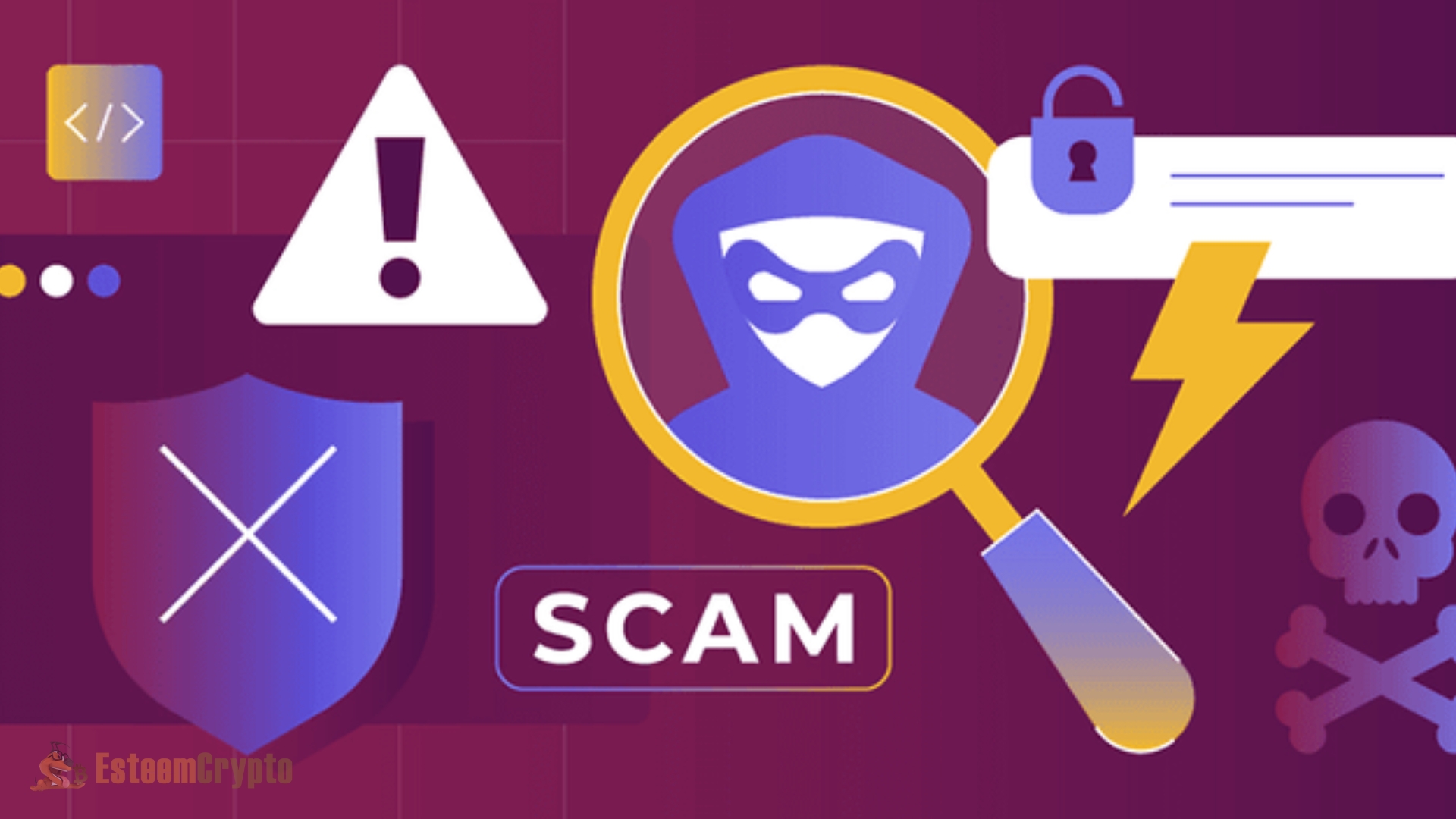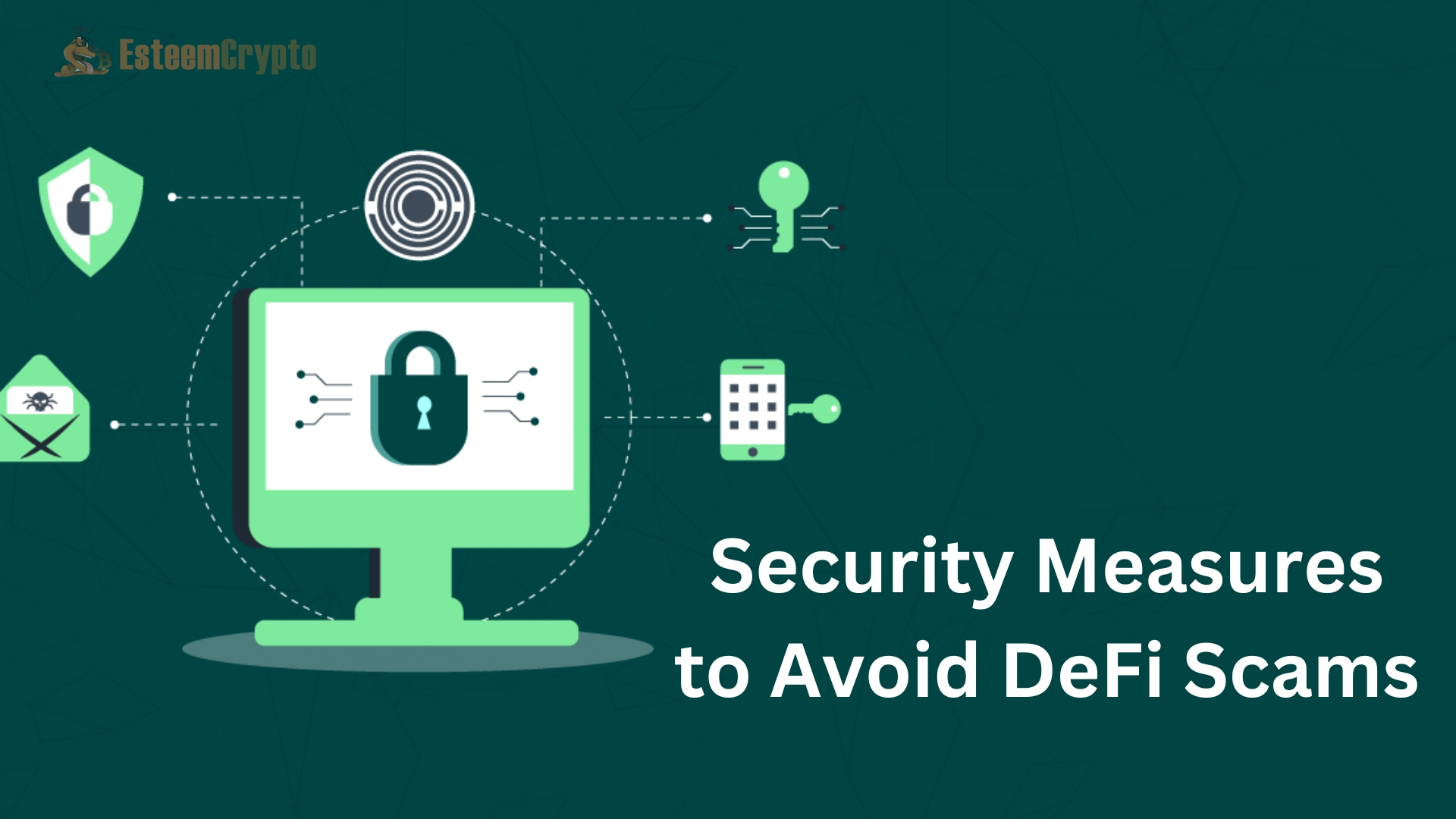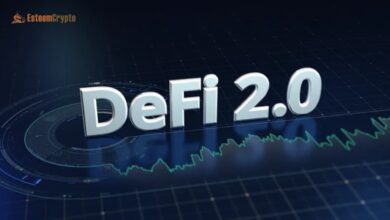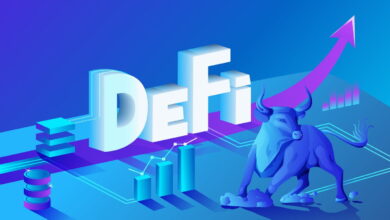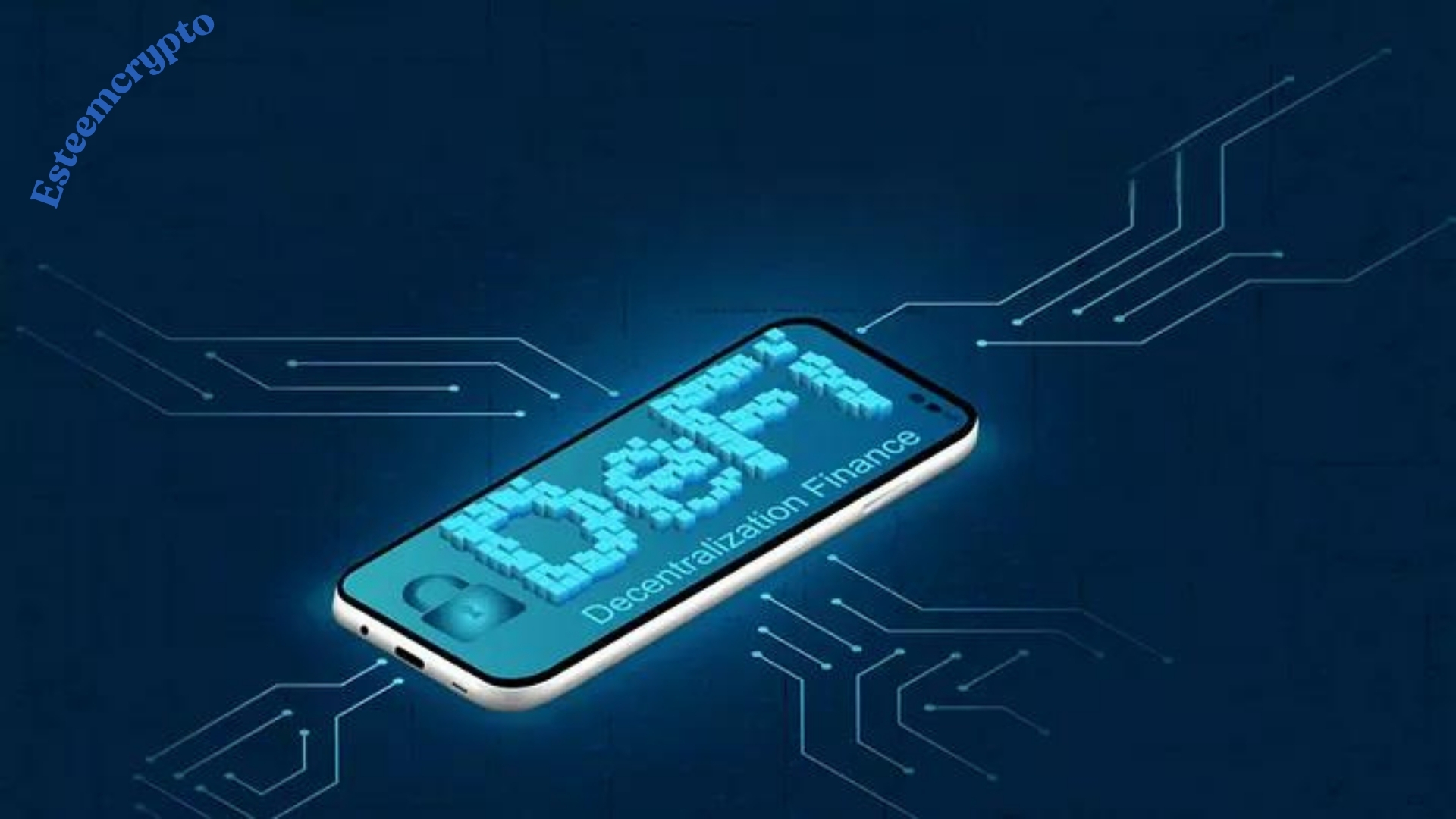DeFi Scams Guide to Avoiding the Most Popular Bitcoin Scams
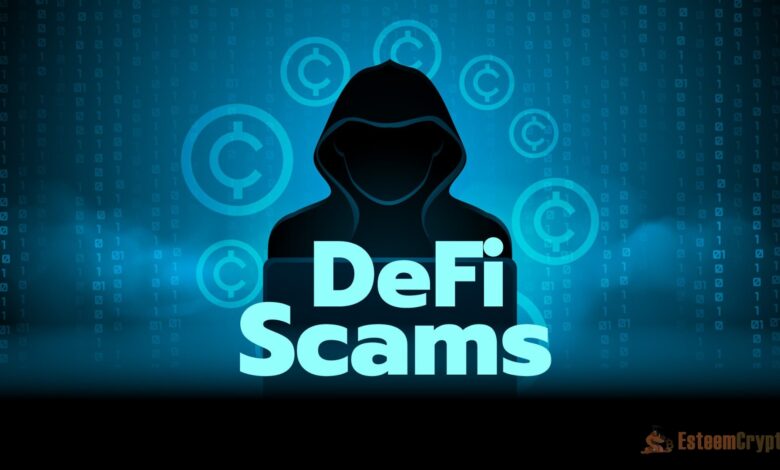
According to many crypto enthusiasts, decentralized finance (DeFi) is the next step in finance. This new environment might give users novel opportunities to earn money while contributing to a community-run cause bigger than life. However, DeFi’s inventions have a few drawbacks as well. The cryptocurrency business is rife with frauds that could compromise your wallet, such as the $67,022 Bitcoin BTC scam and blockchain scams.
In 2021, over $12 billion worth of cryptocurrencies was stolen from user wallets and exchange holdings due to scams and thefts in the DeFi sector. While platform security flaws and poorly written intelligent contracts contributed to some of the robberies, criminals taking advantage of inexperienced cryptocurrency users accounted for the majority.
If the cryptocurrency ecosystem wants to become more mainstream, these scams and security flaws must be fixed. Unfortunately, the industry may need time to figure out how to stop blockchain scams. This guide aims to inform consumers about the mechanics of Bitcoin scams and how to spot them until the day arrives.
How DeFi Improves on Traditional Finance
Crypto fans may be quick to point out the advantages of decentralization, but no one should discount the improvements to accessibility and security that accompany a decentralized financial network. Even though there is a long list of attacks targeting Bitcoin scammers, DeFi enhancements have the potential to significantly improve conventional finance.
When dealing with conventional banking or using an online platform, there is typically just one point of contact: the server. Even while servers are highly secure, there isn’t much a business can do if they are breached. Once a criminal has access, they can obtain sensitive data such as usernames, passwords, and addresses.

On the other hand, decentralization allows users to distribute access to different points of contact globally. Users, referred to as nodes in a DeFi network, are typically offered incentives to save portions of the network on their linked device. A network’s security should improve in proportion to its number of nodes. While not impossible, it is highly improbable that an attacker could take over 51% of a network’s nodes instead of a single point of attack.
Accessibility is another benefit of nodes. Due to the global nature of user devices, anybody can connect to and use any decentralized network. When users connect to the network, they can eliminate the obstacles associated with conventional banking, allowing them to send and receive funds and engage in other network-based activities.
For instance, by bypassing the taxes and delays involved with conventional international wire transfers, one can instantly transmit money to a loved one across the globe. Also, no company can arbitrarily charge users more or refuse to process their transactions.
Furthermore, nodes in a DeFi network are entirely in charge of any updates or modifications made to the network. Instead of a central authority making changes without consulting users, users must suggest and vote on them before implementation. It is the users’ responsibility to decide whether or not to reverse a transaction that the network deems suspicious. Users gain decision-making power through decentralization. However, risks and responsibilities are associated with DeFi’s power, including the possibility of fraud, human error, and malicious intent.
Hackers’ Cryptocurrency Fraud Methods
Blockchain empowers users, which appeals to many. Understandably, users might tire of centralized control. However, with tremendous power comes great responsibility, and DeFi makers can face terrible consequences if they fail. Programmers organize activities and capacities to deliver functionality on decentralized finance systems. Human input causes human error, which is where exploits come in.
In DeFi, projects abound. Being first in the game is crucial, and rushing development leaves vulnerabilities. Since blockchain projects are open source, malicious actors exploit those weaknesses to steal funds and abuse a platform. Third-party audits can fix code but are expensive, especially in the blockchain business. Many projects struggle to get essential development funds, and finding finances for an audit might be challenging. Therefore, projects may proceed without a code review.
Traditional finance platforms, built on conventional code and servers, are also vulnerable to human mistakes and attacks. Traditional platforms, with decades of security testing, lack the requirement for automated smart contracts. Blockchain platforms don’t have that experience. Thus, faults might arise unexpectedly as developers try to fix them.
Another issue is ambition. Some token exchange systems allow users to swap tokens easily. Others want to tokenize and automate the world to provide people with new ways to use traditional apps and services. As platforms get broader and have more diversified objectives, developing smart contracts that interact with other smart contracts and do different activities will increase problems.
Decentralization is part of DeFi, although some platforms take it more seriously. Despite promising the reverse, centralized projects face hazards identical to those of traditional finance platforms on conventional servers. Bad actors might find it easier to assault less decentralized services.
How to Spot and Avoid Crypto and DeFi Scams
Although there’s no way to prevent crypto theft and fraud from happening everywhere, every DeFi trader should be on the lookout for these typical schemes.
A rug pull
Even though it’s not hard to recognize for anyone who knows what to look for, rug pulls are among the most popular cryptocurrency scams in the DeFi area. When developers tout what seems like a groundbreaking, exciting new project, it’s called a rug pull. They attract fans and investors who chip in tens of thousands, if not millions, of dollars.
There comes a point when the creators cash out the tokens and vanish with the money. These creators have no intention of using investor funds to construct a project. All they wanted to do was pull a con. There will be an abrupt end to the project and the investors’ money. A significant surprise catches investors off guard.
If you keep an eye on a developer’s community engagement and token distribution strategies, you might be able to detect a scam a mile away. Without a defined token lock-up period—and particularly one for developers—teams are free to do anything they want with tokens whenever the project ends.
You should only partner with projects with clear token lock-up periods to ensure developers don’t disappear with your money. Typically, these initiatives will keep their community in the loop by sharing regular updates and a roadmap for the future. (A rug pull is comparable to a pump and dump scam, albeit not limited to DeFi.)
Declaring a project “unruggable” means that the development team hasn’t put in a lot of tokens. A project may be considered undruggable if, for instance, there are no team-held tokens that could be stolen in an exit scam or rug pull. If the team gives up control of tokens, like those from a presale, that were acquired, it could be seen as an undruggable project.
Social media scams
There are many fake accounts on Twitter that pretend to be famous people, both in and beyond the cryptocurrency industry. Regardless, these con artists will contact crypto fans to announce their new initiative and may even pose as contest organizers, offering prizes to those who pay a certain amount of money to a prearranged address.
It’s not hard to verify the authenticity of these accounts. Unlike a celebrity’s millions, an impostor’s account may have thousands of followers. Typical examples of these accounts include simple spelling and grammar mistakes. Whatever the case, responding to or paying for a Twitter account is always a bad idea. Such relatively easy cryptocurrency fraud schemes always happen. Actually, in 2020, malicious actors sent out these fraudulent tweets by hacking into the accounts of real celebrities.
Phishing scams
Scammers have been using phishing to trick unsuspecting users into divulging sensitive information for as long as the internet has been active. The most common method of DeFi phishing is email, with the criminal posing as an official from the trading platform or protocol. Scammers often use phoney excuses, such as “your account has been compromised,” to trick their victims. We need your login information to secure it, so please send it to us. One example of this attack is requesting sensitive information, such as a wallet’s address and password, or even demanding immediate payment.
Phishing emails aim to trick recipients into entering sensitive information by linking to bogus websites that look very much like the real thing. Always verify the contact’s email address to avoid falling victim to phishing blockchain scams. Instead of an actual website name, the email often contains arbitrary characters. Never, ever, ever click on a link in an email that looks questionable. If there is a security issue, visit the platform’s website and check the URLs to avoid fraud. Examples include checking the URL’s spelling and SSL certificate.
General Security Measures to Follow
Keep an eye out for these types of DeFi scams and frauds; nonetheless, one may take some general approaches to avoid ending up on a list of cryptocurrency con artists.
Two-factor authentication (2FA)
All platforms must implement two-factor authentication, regardless of the domain in which one decides to invest in DeFi. After entering a password, two-factor authentication (2FA) requests that the user’s verified account be contacted via text or email. Even if they get the password, unauthorized users need a mobile device or email to access an account.
Use a hardware wallet
To keep their private keys safe, users might employ hardware wallets, which are external devices. More and more decentralized applications (DApps) are adding support for hardware wallets as the DeFi market evolves. This means that users may keep their assets safe and readily access them from whatever DeFi platform they want.
Even if a platform offers a wallet, keeping one’s assets in it is still not a good idea. When they keep assets online, users expose their money to theft. Thousands of consumers can lose millions of dollars in DeFi assaults. Users can take their protection to the next level by cutting off a platform’s ability to access their money.
Investigate a community
Successful DeFi projects typically foster a thriving community of enthusiastic users and developers who frequently communicate. Building a platform that everyone can enjoy securely requires this kind of communication. However, developers on a project may be plotting a rug pull or some other scam if they’re not actively involved. Cryptocurrency purists always insist that getting to know a project’s crew is crucial. The lack of communication or secrecy surrounding a team’s plans gives rise to suspicions that they may harbour malicious intentions.
Even when you find a project with a vibrant community, it’s wise to conduct more research before making a final decision. Another option is to keep an eye on listing platforms and the reasons behind their inclusion or exclusion of tokens. You shouldn’t put your money into a token if a listing site rejects it.

